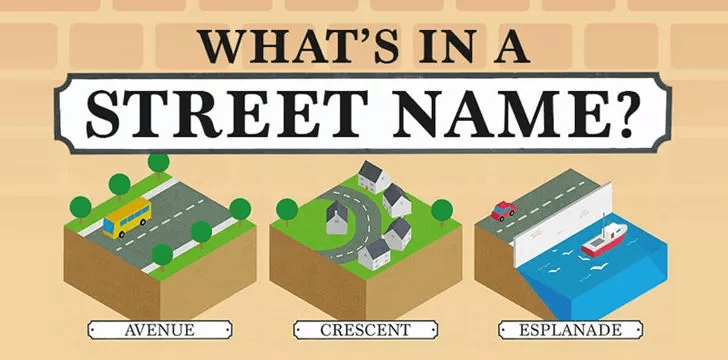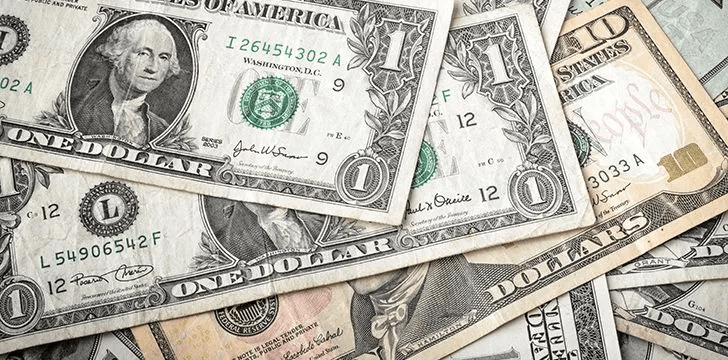
There is the old saying “money doesn’t grow on trees” and we all know that, but where does money actually come from?
There are many famous currencies around the world from the Euro to the British pound, but the most recognizable currency around the world would be the dollar.
So where does the dollar bill come from and how long has it been around? Here we’re going to look at the origin story of this bill.
The Dollar Bill Design.
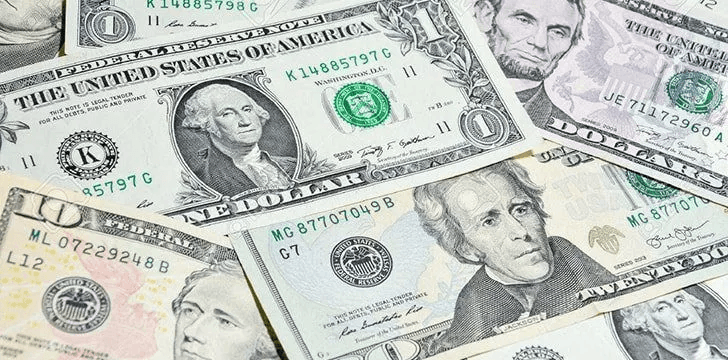
Before we begin, we will give a quick summary of the modern day bill for those who don’t know it very well.
The notes measure 6.14 inches wide and 2.61 inches high and is a blend of 75% cotton and 25% linen.
On the front, it has the Washington portrait, the number one in each corners, and a plethora of green and black text with the words THE UNITED STATES OF AMERICA printed across the top.
The reverse has a large ONE printed amongst other text, the Great Seal of the United States and other symbols.
The Original Dollar Bills.
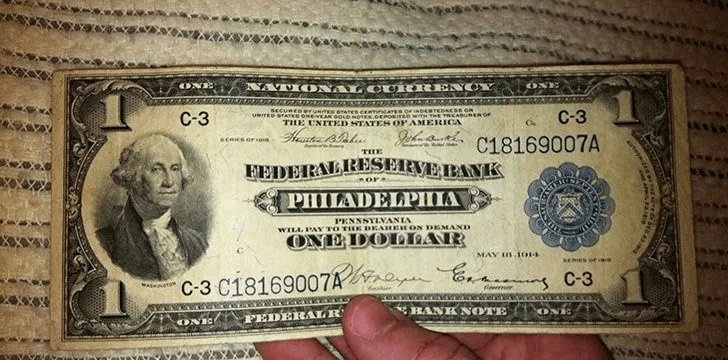
The 1 dollar bill was not the first note to be issued in the U.S.; they actually came a year after the original notes.
These original notes were known as Demand Notes, which were put into circulation during the mid-1800’s when the Civil War caused the U.S. to issue these notes as a way of allowing people to have currency – without carrying coin as these notes could be exchanged on-demand at any time for coin.
These documents were nicknamed greenbacks, which is also the origin of the term we use today.
The first 1 dollar had the Treasury Secretary of Lincoln’s presidency emblazoned on it.
These original notes were actually much bigger than we know today; they only became the size we know in 1929, when all notes were changed to their current size.
The Dollar Bill Development.
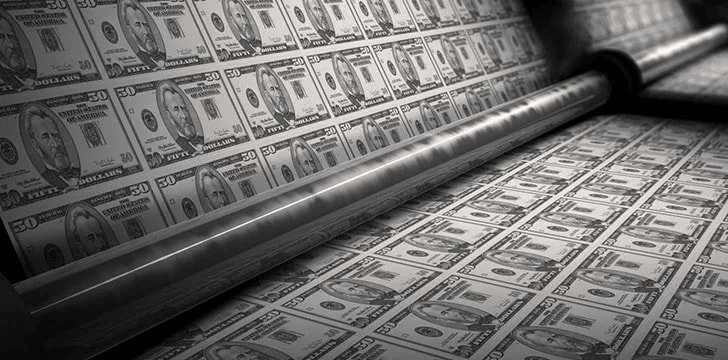
The 1929 bill was a silver certificate, a document that was exchanged for silver dollars. These were provided until 1934 when the name on the note changed to one dollar from the former one silver dollar.
In 1935, the note started to take the design we recognize, but it took until 1957 for the phrase In God We Trust to be added.
It wasn’t until 1963 that Washington’s Portrait became part of the bill, with the green ink printed on the note also appearing during this same year.
Later in the 1960’s, the 1 dollar took the plunge and swapped its Latin text for the treasury seal, with English completing the bill we know today.
5 Facts About the $1 Bill.
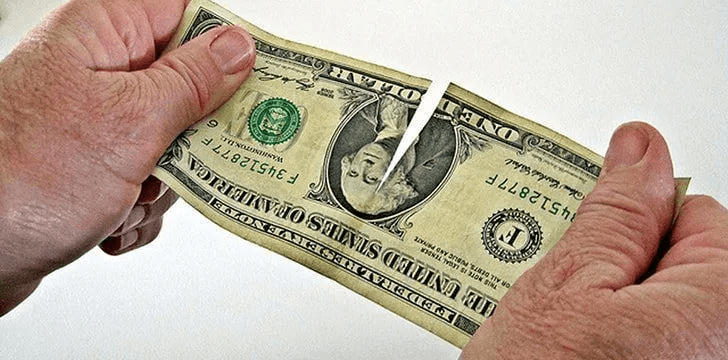
- The $1 bill was actually the first dollar to have the phrase In God We Trust appear on it.
- Hawaii featured a range of special dollar prints during World War II due to a Government concern over the territory.
- The Federal Reserve stated there were $12.7 billion dollars (in 1 dollar bills) in circulation as of 2019.
- Both George and his wife Martha Washington have appeared on the 1 dollar bill with George obviously appearing a lot more frequently.
- The one dollar you have in your wallet more than likely contains potentially pathogenic organisms; a study conducted found 94% of $1 bills have them.
- So there we have it! The 1 dollar bill, from its vital part in the Civil War, to its current popularity across the U.S., the 1 dollar is quite the phenomenon.
It’s changed a lot over its lifespan, but has stayed strong. Even following attempts to remove it and replace it with coins in the early 2010’s have failed.
To me, the 1 dollar bill is a symbol of America: a tip, a soda, or an entire store, the 1 dollar bill is a pillar of the currency, and now we know the origin story of this simple note.


